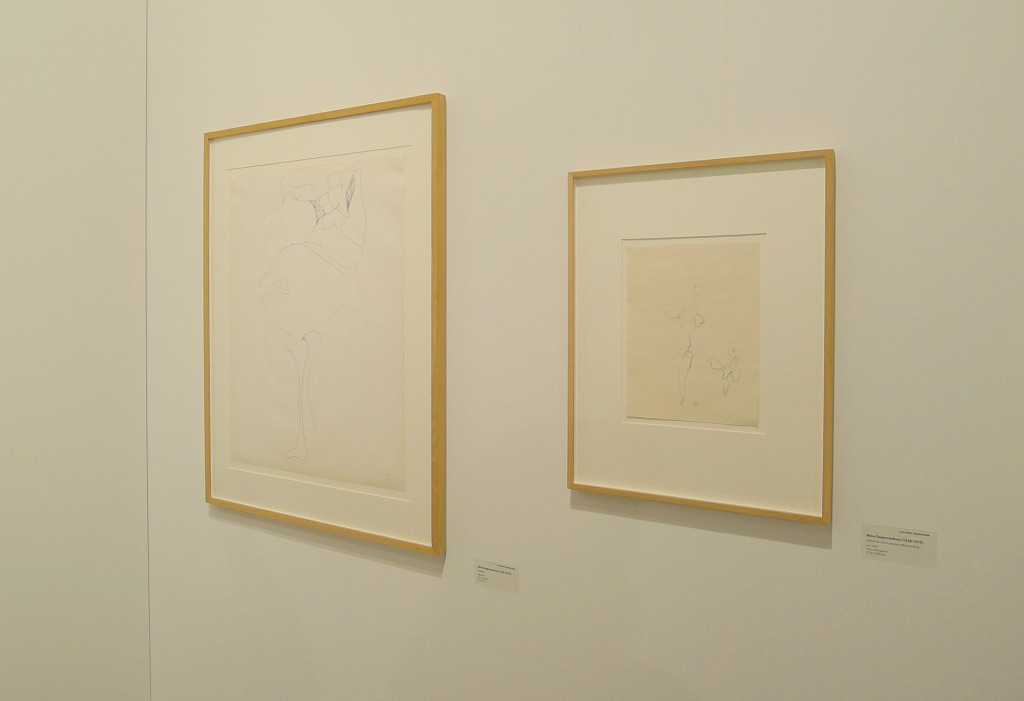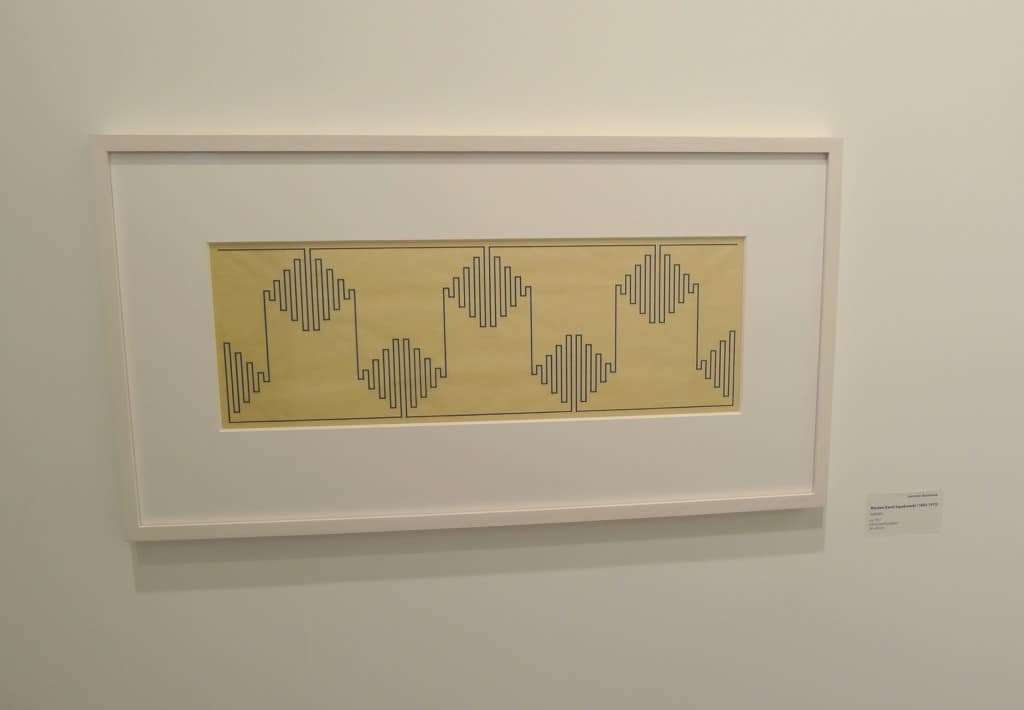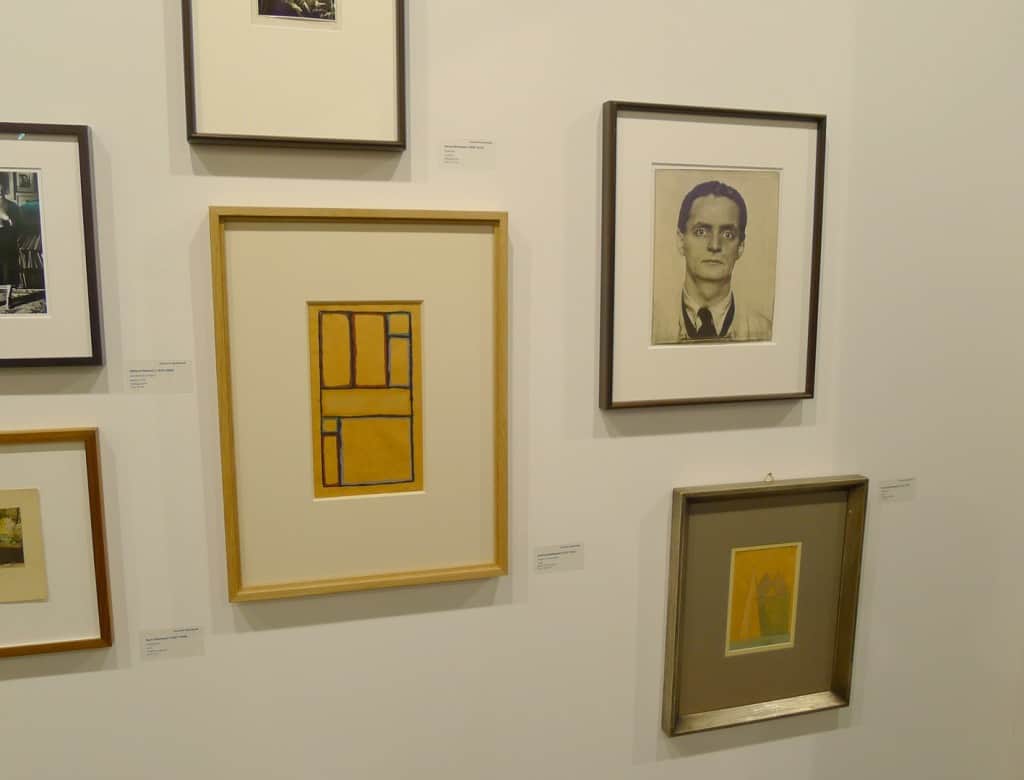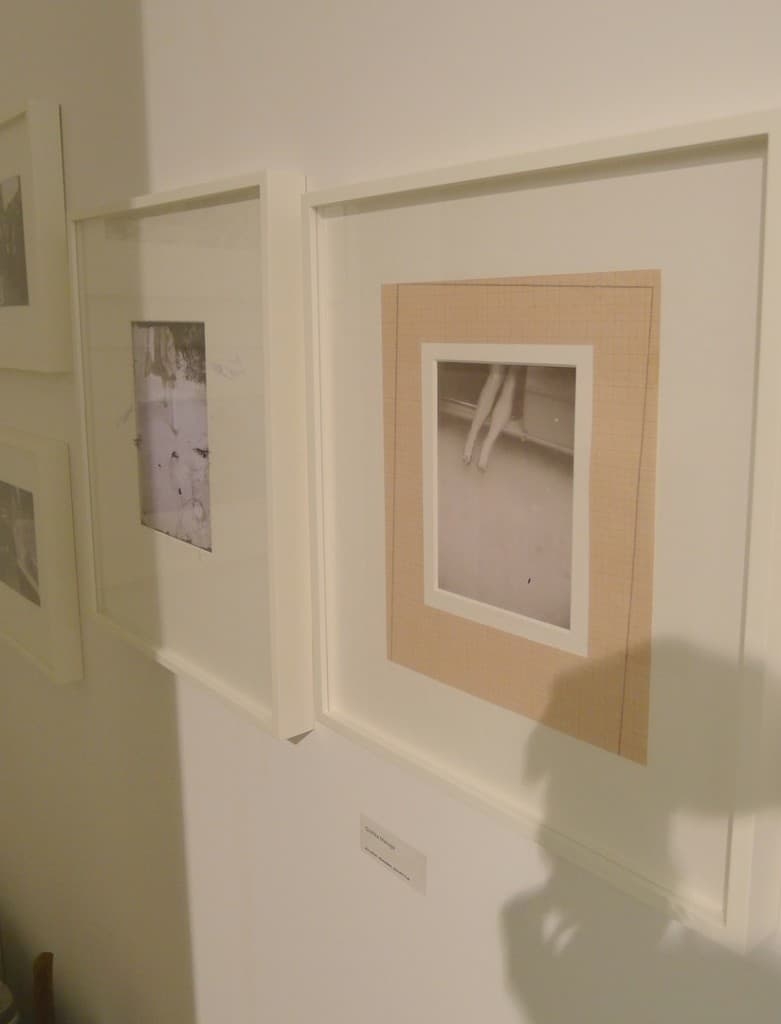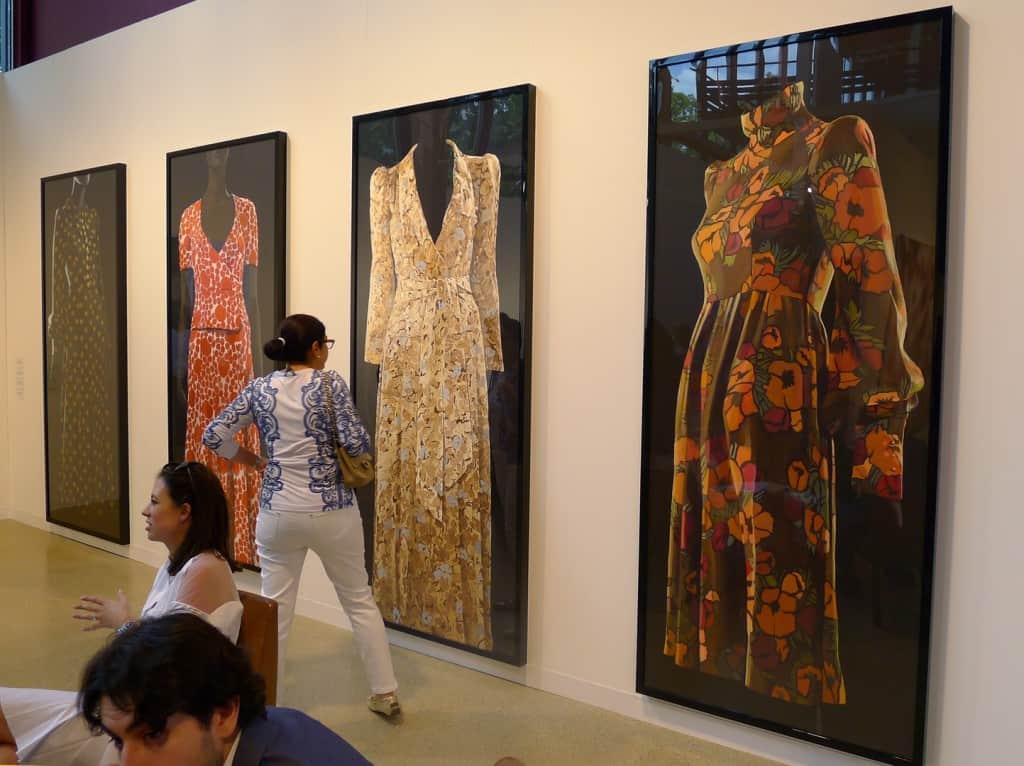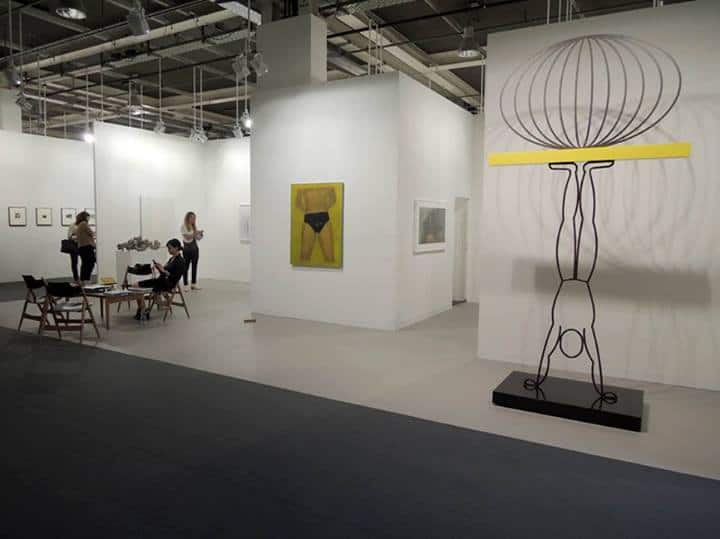Every single year, a small Swiss city, located where the German and French borders meet, attracts the leading gallerists, collectors, art enthusiasts and representatives of both public and private artistic organizations. The 45th Art Basel Show, deemed to be one of the most prominent art platforms in the world, takes place mid-June in Basel.
Traditionally, two Polish galleries were put on the list of this year’s exhibitors. The Foksal Gallery Foundation and the Starmach Gallery could easily be dubbed as the regulars. The Foundation from Warsaw participated in the Art Galleries 11 times (plus one time at Art Statements), whereas the Starmach Gallery contributed its pieces to the exhibition for the 12th time.
Before we go to the heart of the matter, it seems worth mentioning that an even stronger juxtaposition of the contemporary and modern art on this year’s show was particularly striking and characteristic of it. A number of galleries decided to put on display the classic pieces next to the works of younger – and thus less known and cheaper – artists. According to some commentators, this form of presentation is rooted in the need to justify and further stabilize the prices; to validate the class and quality of some works by means of contrast and consequently to steer the visitors towards a more valuable investment.
It seems, that the Foksal Gallery Foundation takes a similar business approach. Although conventionally the sector 2.0, situated on the ground floor, exhibits the classics only and the sector 2.1 is available for the galleries which represent newly emerging artists, the stand of the Foksal Gallery Foundation featured the early works of Edward Krasiński side by side with the ones created by artists of a next generation who have already established their strong position on the market, such as Monika Sosnowska and Paweł Althamer. Nevertheless, this year the gallery focused on the undoubtedly traditional medium, namely the painting. The series of Wilhelm Sasnal’s paintings, whose works are exhibited by the galleries at nearly all the fairs, immediately caught one’s attention. The pieces by Paulina Ołowska, Piotr Janas and surrealist-like paintings by Julian Ziółkowski were exhibited by Foksal Gallery Foundation as well.

Wilhelm Sasnal, Foksal Gallery Foundation, Halle 2.1 H9, photo Andrzej Szczepaniak for Contemporary Lynx
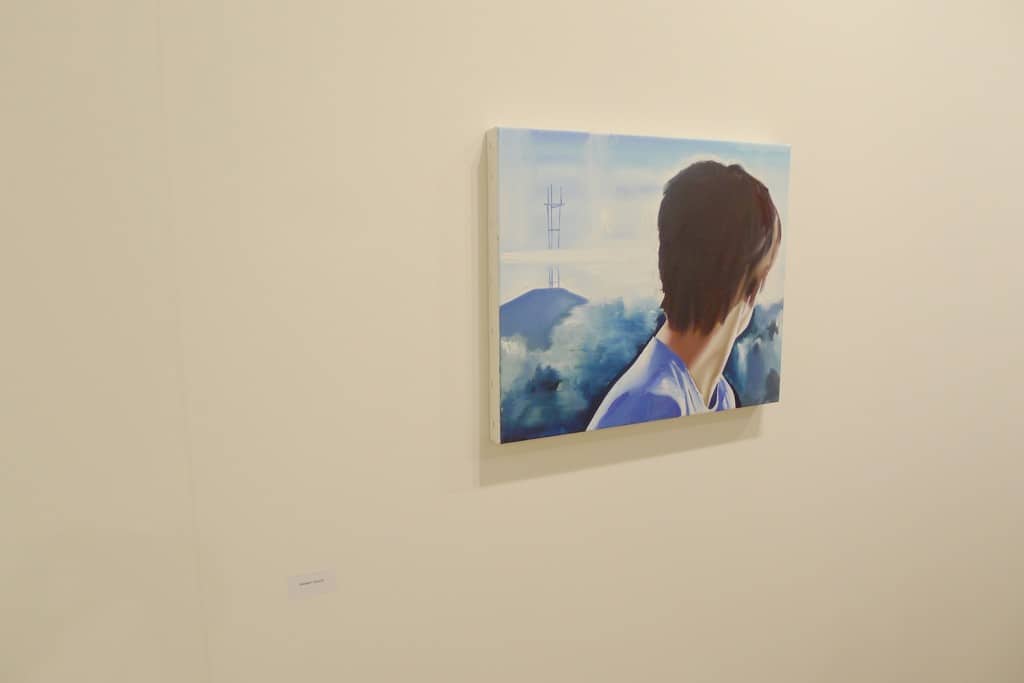
Wilhelm Sasnal, Foksal Gallery Foundation, Halle 2.1 H9, photo Andrzej Szczepaniak for Contemporary Lynx

Wilhelm Sasnal, Foksal Gallery Foundation, Halle 2.1 H9, photo Andrzej Szczepaniak for Contemporary Lynx
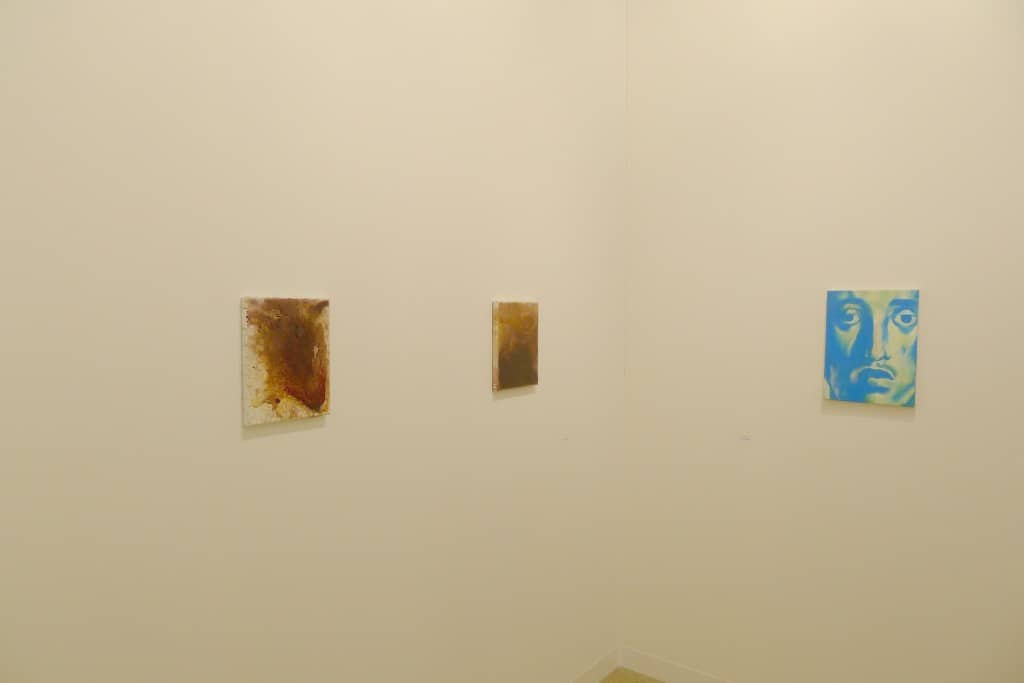
Piotr Janas, Wilhelm Sasnal, Foksal Gallery Foundation, Halle 2.1 H9, photo Andrzej Szczepaniak for Contemporary Lynx

Jakub Julian Ziolkowski, Foksal Gallery Foundation, Halle 2.1 H9, photo Andrzej Szczepaniak for Contemporary Lynx
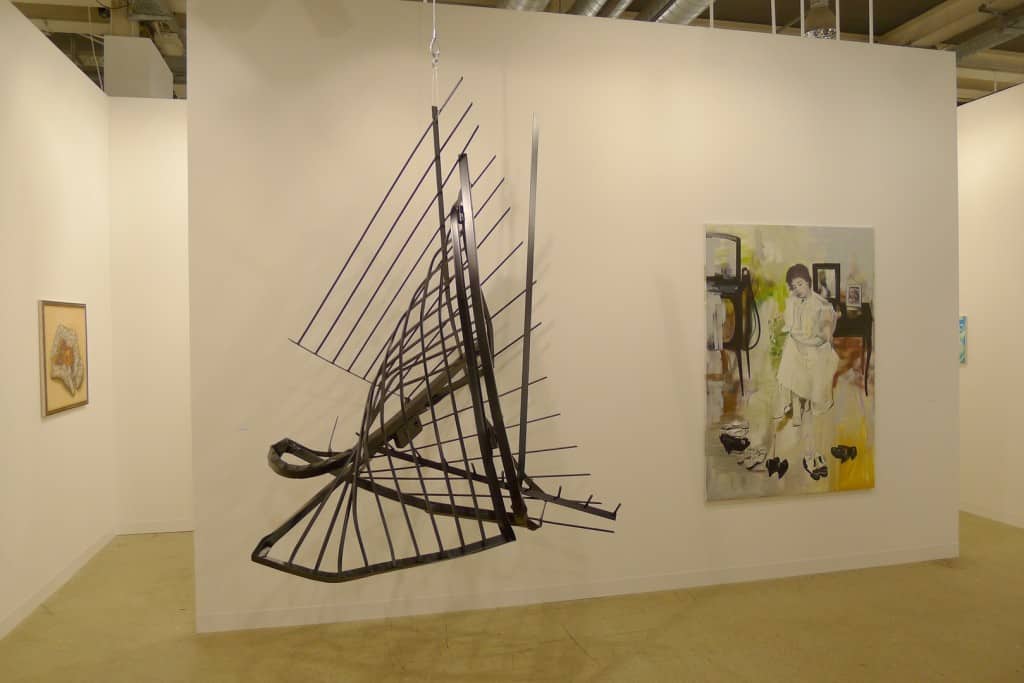
Monika Sosnowska, Paulina Ołowska, Foksal Gallery Foundation, Halle 2.1 H9, photo Andrzej Szczepaniak for Contemporary Lynx
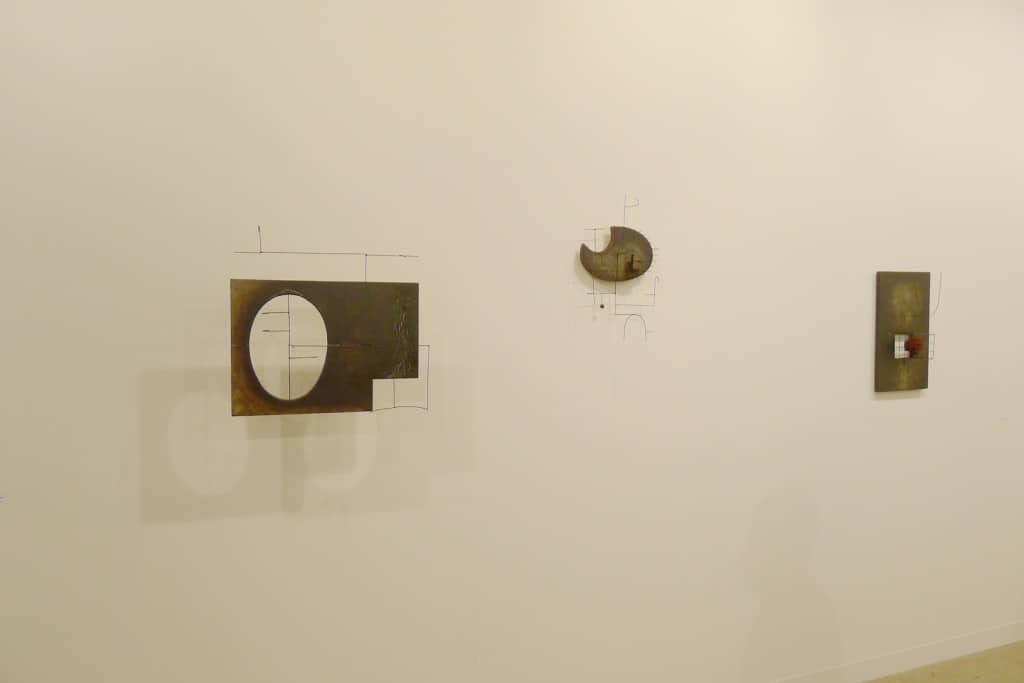
Edward Krasiński, Foksal Gallery Foundation, Halle 2.1 H9, photo Andrzej Szczepaniak for Contemporary Lynx
Like always, the Cracow Starmach Gallery presented its works in the Art Galleries section on the ground floor. Adhering to its profile, the gallery featured the classic works of Polish artists whose names are very well-known both in Poland and abroad. This year, however, the gallery provided the viewers with an opportunity to explore them from a slightly altered perspective. The gallery usually opts for the abstract geometry and its main exponent Henryk Stażewski, whose works were also displayed on this show. This year however the pieces by Edward Krasiński (interestingly enough, a friend of Stażewski, who shared the studio with him for years) were the most preeminent. His artworks certainly scored a bull’s-eye. An anonymous collector from the US purchased the work entitled “What For?” from 1964 within the first hour of this show and even prior to its official opening. The next minute a subtle and ingenious “Intervention I” was acquired to a private collection in Germany. These were not the only sales done by the gallery. The abstract reliefs by Henryk Stażewski, including his early museum quality Relief from 1958 enjoyed big popularity.

Edward Krasiński, Henryk Stażewski, Starmach Gallery, Hall 2.0 / C1, photo Andrzej Szczepaniak for Contemporary Lynx
On the other hand, a certain rawness reigned on the gallery’s stand alongside the extremely aesthetic works. The subject of the organicity and transitoriness was explored in the jute sculptures of Magdalena Abakanowicz, the objects/cans by Tadeusz Kantor and the paintings by Roman Opałka derived from the series “Numerical Alphabet” created before the artist’s signature canvas with the rows of numbers. What is more, two objects by Alina Szapocznikow were also shown by the gallery: “Ventre-coussin” and “Sculpture-Lamp”. Especially the latter created a considerable stir amongst visitors, since most of typical and simple elements of the lamps designed by the artist were served in this case in a remarkably attractive form.

Magdalena Abakanowicz, Starmach Gallery, Hall 2.0 / C1, photo Andrzej Szczepaniak for Contemporary Lynx
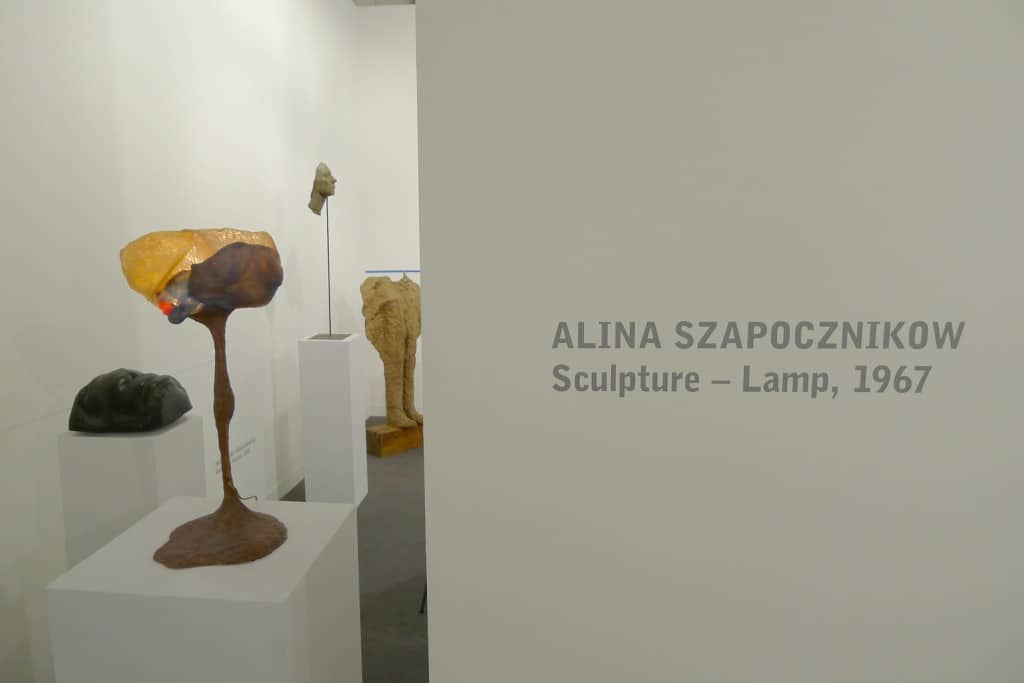
Alina Szapocznikow, Sculpture-Lamp, 1967, Starmach Gallery, Hall 2.0 / C1, photo Andrzej Szczepaniak for Contemporary Lynx
Furthermore, it is worth highlighting the fact, that Alexander S. C. Rower, the Director of the Calder Foundation based in New York (and a grandchild of Alexander Calder) listed Alina Szapocznikow’s pieces among the Top Five of the Best Works exhibited on this year’s show. “The Lampe-buche” from 1966, presented by the Andrea Rosen Gallery in New York, received the most accolades. The gallery’s stand featured multiple works of Alina Szapocznikow. Additionally, two more objects from the same series were on display during the Art Basel Show, namely the early polyester lamps with the ruby glowing lips, two drawings and so called “The Photosculpture”, a series of photographs from 1971 rarely associated with the creative style represented by Szapocznikow.
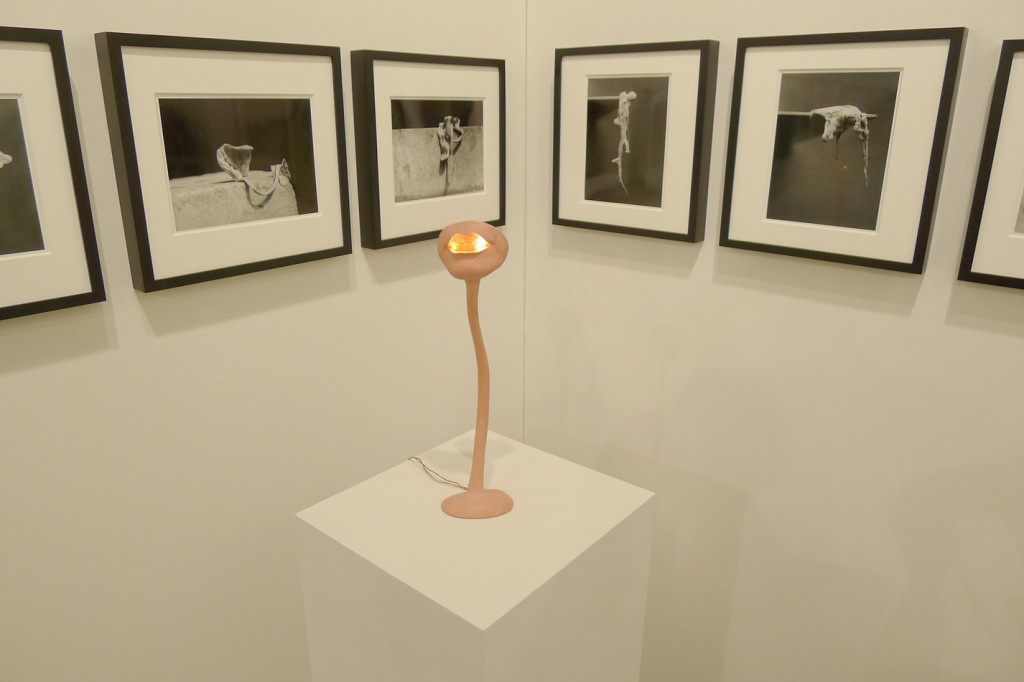
Alina Szapocznikow, Lampe-bouche, 1966, and Photosculpture, Andrea Rosen Gallery, photo Andrzej Szczepaniak for Contemporary Lynx
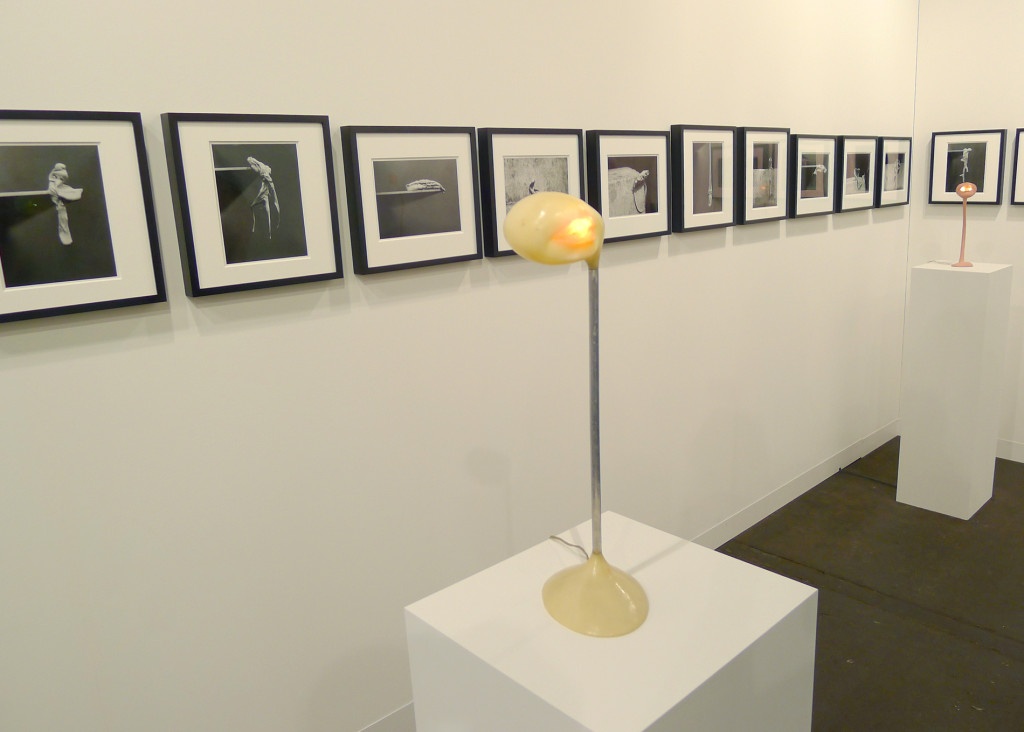
Alina Szapocznikow, Lampe-buche and Photosculpture, Andrea Rosen Gallery, photo Andrzej Szczepaniak for Contemporary Lynx
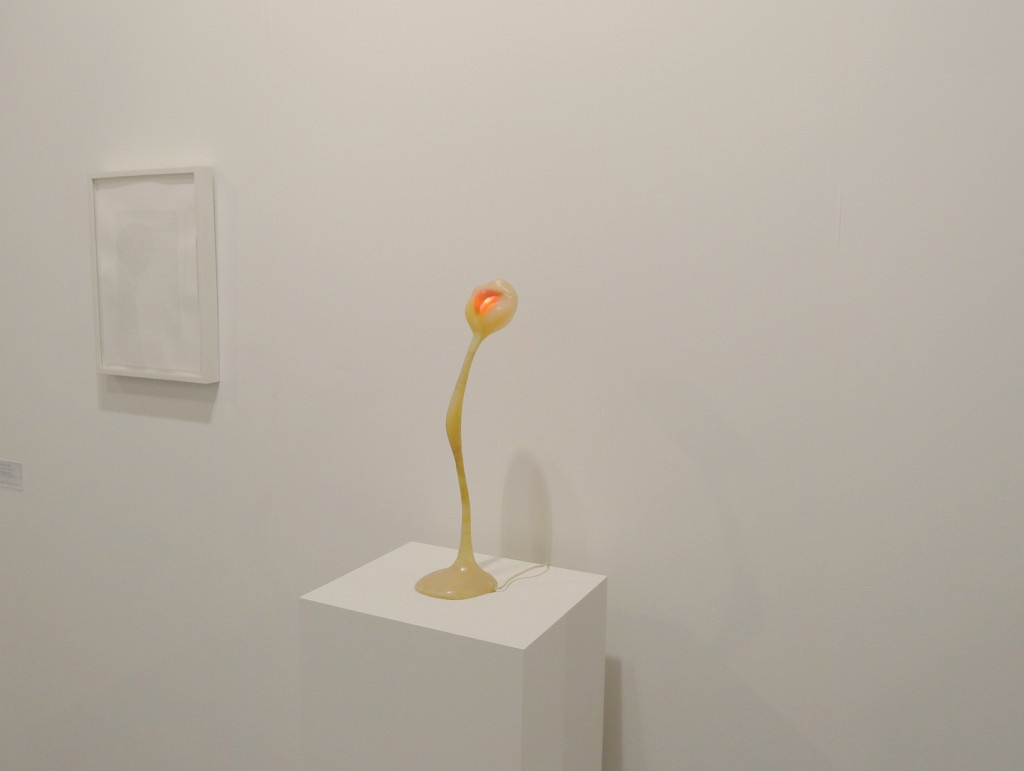
Alina Szapocznikow, Lampe-bouche, Andrea Rosen Gallery, photo Andrzej Szczepaniak for Contemporary Lynx
The vivid interest in her works and, let’s be honest, the galleries themselves which profess an immense commercial and artistic potential lying in these works, contribute to the exponential growth in a number of galleries willing to exhibit Alina Szapocznikow’s artwork. The Berinson Gallery from Berlin exemplifies the trend perfectly, since it displayed, for the very first time, two drawings by the artist, one of which is worth 60,000€.
Moreover, Hendrik Berinson, the gallery’s owner well-known for his keen interest in the avant-garde artists (Roman Opałka, Samuel Szczekacz, Franciszek & Stefan Themerson and Stanisław Ignacy Witkiewicz) showed the works of Wacław Szpakowski. Furthermore, the gallery sprung a surprise by presenting two works on paper by Andrzej Wróblewski whose pieces hadn’t been exhibited by this gallery before. In spite of being considered a classic Polish artist and one of the leading representatives of the Polish avant-garde movement, his works are yet to be fully appreciated by the public. His “status” let alone his artistic achievements have only recently gathered momentum in his homeland. Hardly has he marked his presence on the international artistic arena. His last solo exhibition outside the Polish borders was held four years ago, in 2010, by the Van Abbemmuseum in Eindhoven (after quite a long absence of an important artist capable of creating such poignant works)!
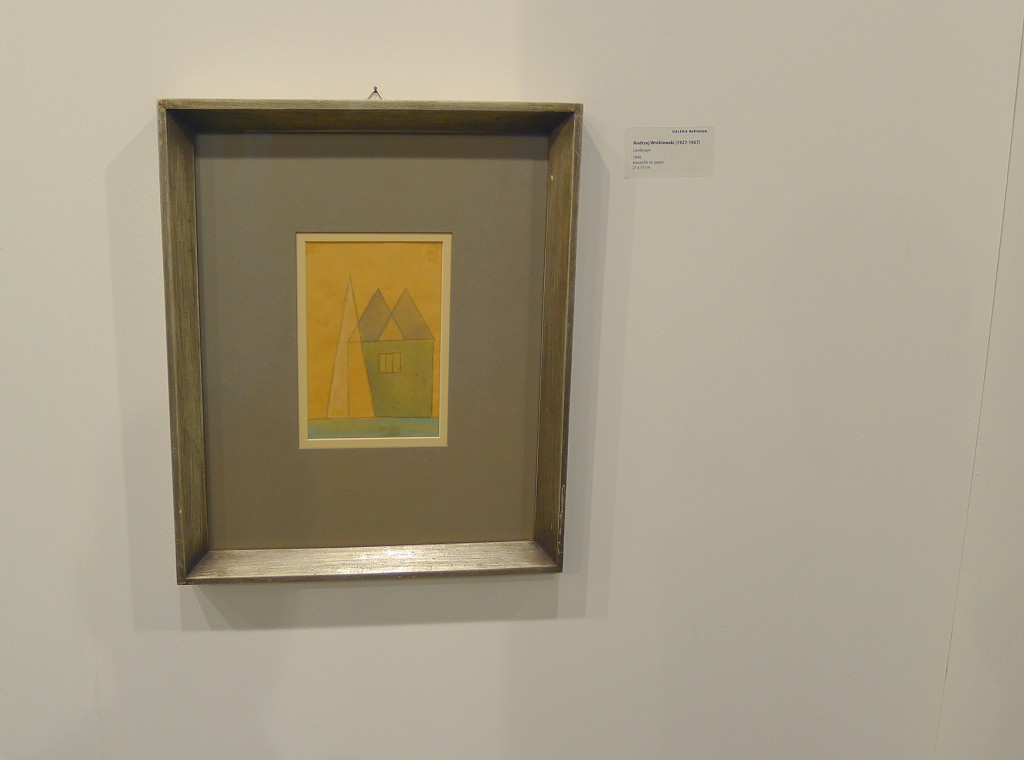
Andrzej Wróblewski, Landscape, 1948, watercolor on paper, 21 x 15 cm, Berinson Gallery, photo Andrzej Szczepaniak for Contemporary Lynx
The Mitchell-Innes & Nash Gallery arranged an exhibition comprising a painting “Tempered Red” from 1985 by Julian Stanczak, a pioneer of op-art.
The Nordenhake Gallery didn’t deliver any surprises by presenting the works of Mirosław Bałka. The artist uses raw materials and incredibly minimalistic forms to design delicate objects that set audience members on the trail of the issues connected with memory, body and its dimensions, the private and public history. One could also stumble upon his works on the stand of the Juana de Aizpuru Gallery.

Mirosław Bałka, 41 x 31 x 1, 190 x 60 x 54, 1992
Steel, earth, electric blanket, felt, dimensions same as title in centimetres
Artwork at Galerie Nordenhake, Halle 2.1 P13, photo Andrzej Szczepaniak for Contemporary Lynx
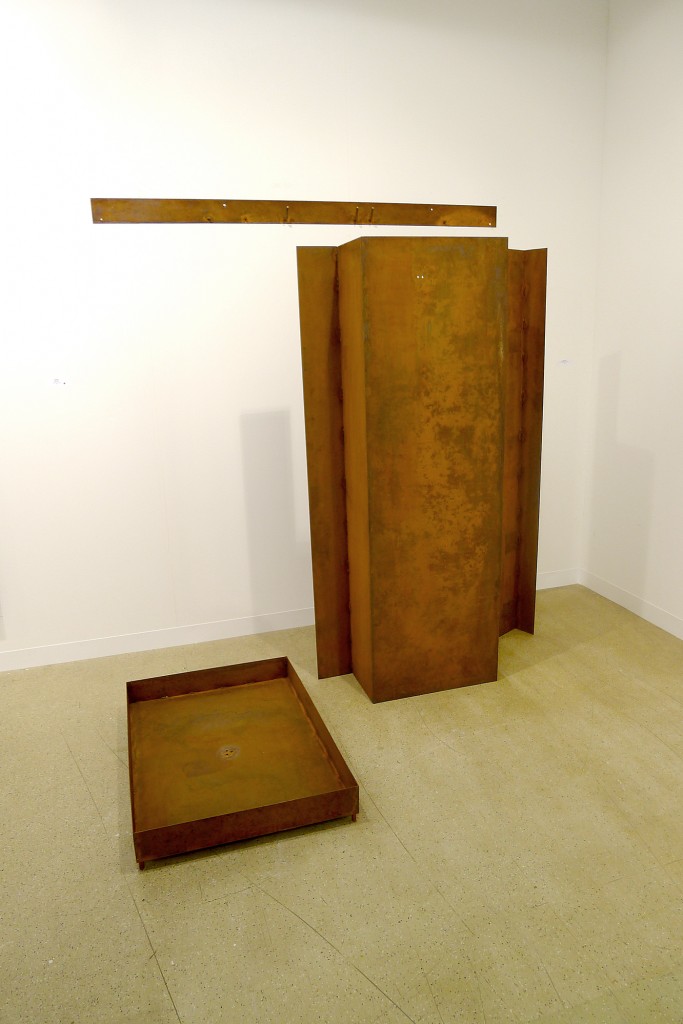
Mirosław Bałka, artwork at Juana de Aizpura Gallery, photo Andrzej Szczepaniak for Contemporary Lynx
The exhibition of the Massimo De Carlo Gallery from Milan included the piece by Piotr Uklański, who had been placed in the Art Unlimited section last year.
Monika Sosnowska’s object was displayed by the London-based Modern Institute/Toby Webster Ltd. Its form resembled a typical carpet beating stand that was uprooted from the ground together with a block of cement. The form, which a person can still remember from their childhood, was distorted by memory and passing time.
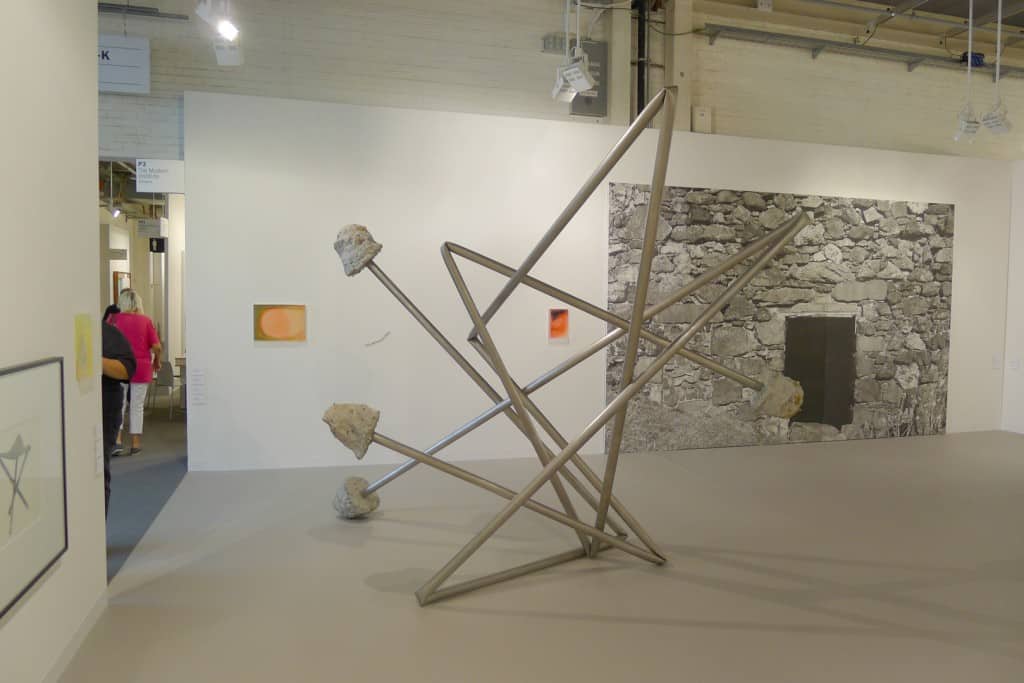
Monika Sosnowska, Untitled, 2012, sculpture
artwork at The Modern Institute, Halle 2.1 P3, photo Andrzej Szczepaniak for Contemporary Lynx
The works on paper and especially a beautiful tapestry/installation by Goshka Macuga were on view on the stand of the Galerie Rüdiger Schöttle. Traditionally the artist decided to incorporate photographs and archive materials into her work. In other words, the silent bits and pieces of the past build a narrative with the history, the history of art and politics.

Goshka Macuga, Untitled (in progress), 2014, Tapestry, 260 x 300 cm, Galerie Rüdiger Schöttle, photo Andrzej Szczepaniak for Contemporary Lynx
Besides the Foksal Gallery Foundation, the works of Paulina Ołowska were exhibited also by another institution – namely the Simon Lee Gallery. A piece by Michał Budny was shown by the Galerie nächst St. Stephan Rosemarie Schwarzwälder.
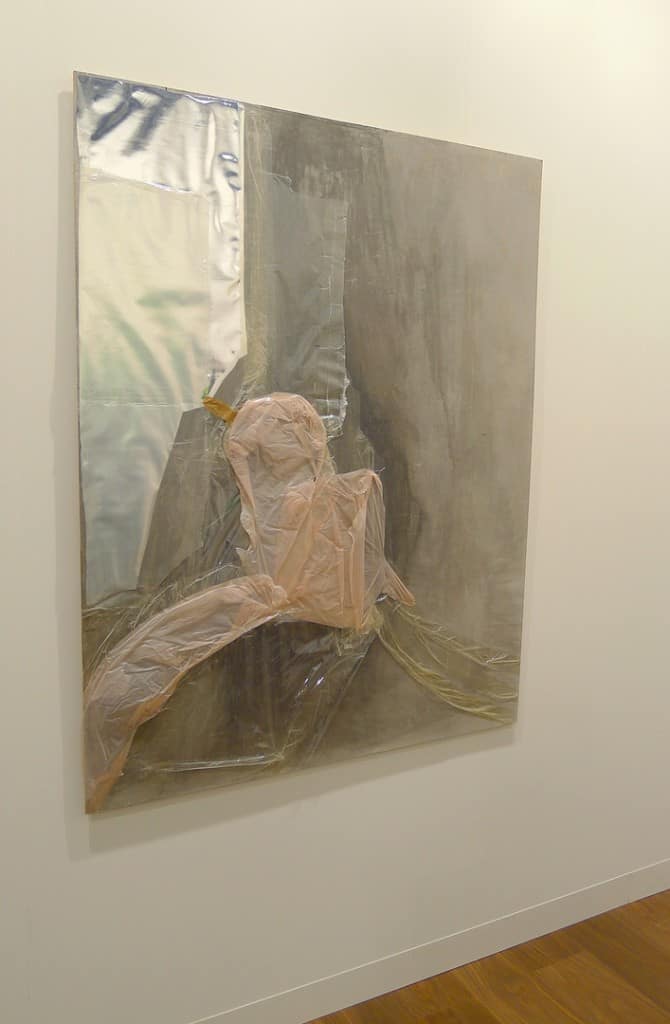
Michał Budny, Galerie nächst St. Stephan Rosemarie Schwarzwälder, photo Andrzej Szczepaniak for Contemporary Lynx
The artists’ line-up certainly did not come as a surprise this year. To be honest, like last year, the galleries exercised their choice to present the most profitable options.
We also need to acknowledge the participation of the younger generation like Tomasz Kowalski, whose plane painted pictures with strong outlines depict themselves in the aesthetics partly surrealistic, partly evoking the spirit of German expressionism of early 20th century or even the fairy tale illustrations. His works are eclectic in terms of not only the technique and stylistics, but also the stories told by them. They recount the tales straight out of the subconsciousness whose plot reaches towards the small-town events and places in Szczebrzeszyn – the artist’s hometown. His paper drawings were exhibited by the carlier | gebauer Gallery in Berlin which represents the artist.
Furthermore, the visitors could see an installation of Alicja Kwade presented by the Johann König Gallery. A painting by Anna Ostoya, whose exhibition is currently hosted by La Kunshalle Mulhouse, was featured on the stand of the Bortolami Gallery. The object by Jan Wawrzyniak was on display thanks to the Galerie m Bochum also Andrew Kreps Gallery showed the work by Honza Zamojski.
This year a team Slavs and Tatars participated in the Art Basel Show with their work “Kitab Kebab” from 2014 presented at the stand of Three Star Books. Last year their works were exhibited by Warsaw-based Gallery Raster at LISTE Fair (held at the same time as Art Basel). In 2012, the Slavs and Tatars’ artwork was featured in the Art Statements section of the Art Basel Show.










